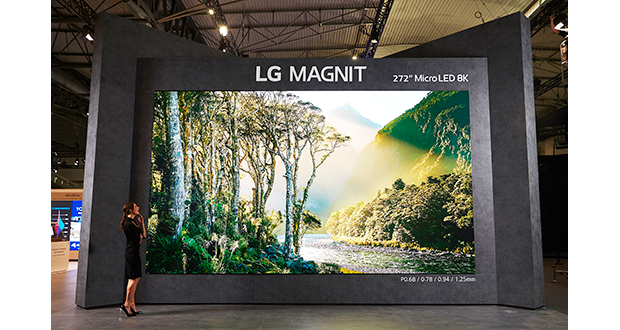
Breaking News
 Mirrored concrete for cheap solar energy
Mirrored concrete for cheap solar energy
 All Government Is Dictatorial Because All Government Is Totalitarian
All Government Is Dictatorial Because All Government Is Totalitarian
 Putin Says He's Ready for Peace
Putin Says He's Ready for Peace
 Medicaid Fraud in Minnesota at least $9 Billion Since 2018
Medicaid Fraud in Minnesota at least $9 Billion Since 2018
Top Tech News
 This tiny dev board is packed with features for ambitious makers
This tiny dev board is packed with features for ambitious makers
 Scientists Discover Gel to Regrow Tooth Enamel
Scientists Discover Gel to Regrow Tooth Enamel
 Vitamin C and Dandelion Root Killing Cancer Cells -- as Former CDC Director Calls for COVID-19...
Vitamin C and Dandelion Root Killing Cancer Cells -- as Former CDC Director Calls for COVID-19...
 Galactic Brain: US firm plans space-based data centers, power grid to challenge China
Galactic Brain: US firm plans space-based data centers, power grid to challenge China
 A microbial cleanup for glyphosate just earned a patent. Here's why that matters
A microbial cleanup for glyphosate just earned a patent. Here's why that matters
 Japan Breaks Internet Speed Record with 5 Million Times Faster Data Transfer
Japan Breaks Internet Speed Record with 5 Million Times Faster Data Transfer
 Advanced Propulsion Resources Part 1 of 2
Advanced Propulsion Resources Part 1 of 2
 PulsarFusion a forward-thinking UK aerospace company, is pushing the boundaries of space travel...
PulsarFusion a forward-thinking UK aerospace company, is pushing the boundaries of space travel...
 Dinky little laser box throws big-screen entertainment from inches away
Dinky little laser box throws big-screen entertainment from inches away
 'World's first' sodium-ion flashlight shines bright even at -40 ºF
'World's first' sodium-ion flashlight shines bright even at -40 ºF
LG flexes its display muscle with stretchable micro-LED screen

For more than a decade, LG Display has been developing flexible screens that not only show bright, colorful visuals but can also be bent and twisted into different shapes to suit different applications. These could include fashion-focused wearables, uneven interactive surfaces and roll-up TVs and tablets.
A couple of years ago, the company added another dimension to the already impressive capabilities of its prototype displays – in the shape of a 12-inch flexible film that could be stretched as well as bent or folded. The transparent display featured micro-LEDs as its light source, and could be pulled out to increase its length by 20%.
Now LG Display's engineers have demonstrated a new version of the technology that sports the same-size screen, but can be stretched out to 18 inches (~46 cm). It's still capable of 100-pixels-per-inch resolution with full red, green and blue color. But the company has developed a new wiring design and improved the properties of a silicon substrate normally found in contact lenses, among other tweaks, to increase the stretch factor to 50%.
The micro-LED light source retains the same pixel pitch of 40 µm as before, but the engineers have taken the opportunity to boost the prototype's durability. This reportedly means that the display can be stretched like taffy more than 10,000 times without impacting image quality – "even in extreme environments such as exposure to low or high temperatures and external shocks."
"Stretchable displays are not only thin and lightweight but also capable of adhering to irregularly curved surfaces like clothing and skin," said the company in a press statement. "They are expected to be widely applied in various industries, from fashion and wearables to mobility."
For the moment, industry partners and research stakeholders will have to make do with a bunch of concepts showcased at an event hosted by the LG Science Park in Seoul recently. Examples included an automotive touch panel stretched onto a convex surface for tactile operation and a wearable display mounted to the uniform of a firefighter that provided real-time information.
"By successfully completing the project, LG Display has not only secured core technologies that can lead the next-generation display market but also contributed to localizing materials, components, and equipment as well as building an R&D infrastructure," said the company.



